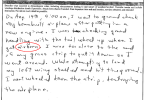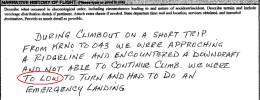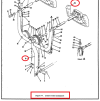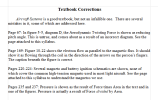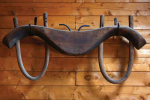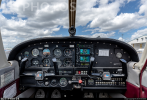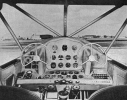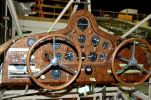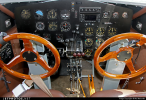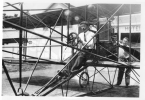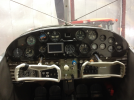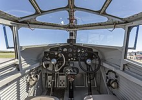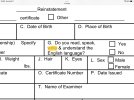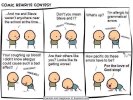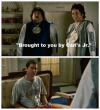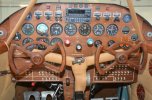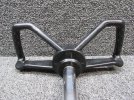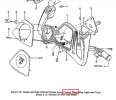AV8R_87
Pre-takeoff checklist
Now that I got your attention...
If I were king (FAA Administrator) for a day, I'd probably institute some sort of certificate action against pilots being caught butchering the English language that way. Multiple levels of suspensions, based on how many of these you manage to include in one paragraph. You start adding misuse of your/you're, there/they're and so on, you're getting the full Trevor Palmer treatment.
Reminds me of Patrick Stewart clashing with the rowdy guys when filming Star Trek TNG:
Anyway, share your cringe-worthy examples of language butchering that would make you suspend someone's certificate.
If I were king (FAA Administrator) for a day, I'd probably institute some sort of certificate action against pilots being caught butchering the English language that way. Multiple levels of suspensions, based on how many of these you manage to include in one paragraph. You start adding misuse of your/you're, there/they're and so on, you're getting the full Trevor Palmer treatment.
Reminds me of Patrick Stewart clashing with the rowdy guys when filming Star Trek TNG:
Anyway, share your cringe-worthy examples of language butchering that would make you suspend someone's certificate.

